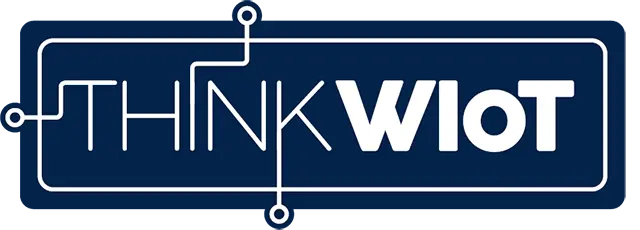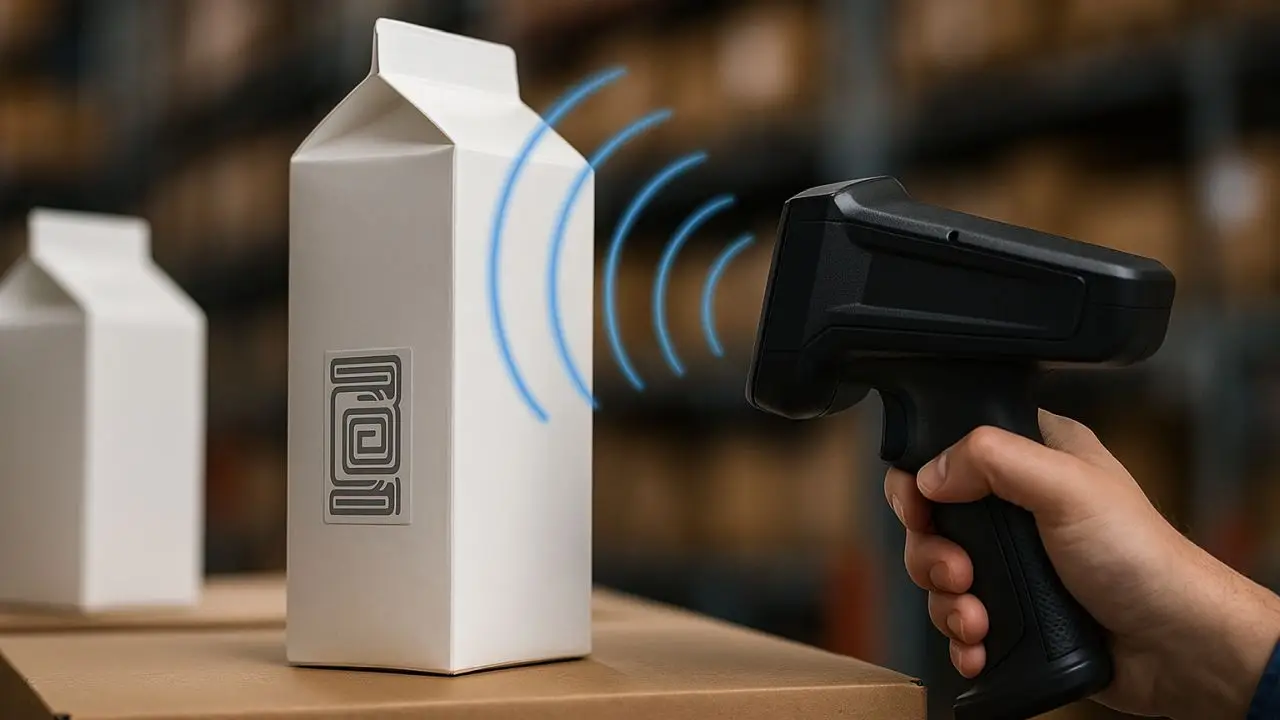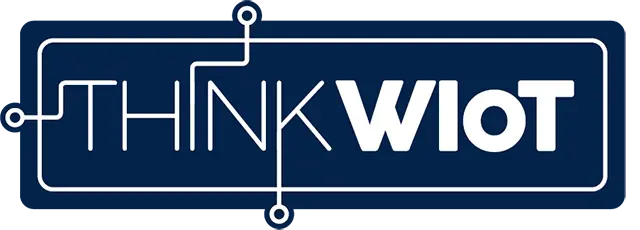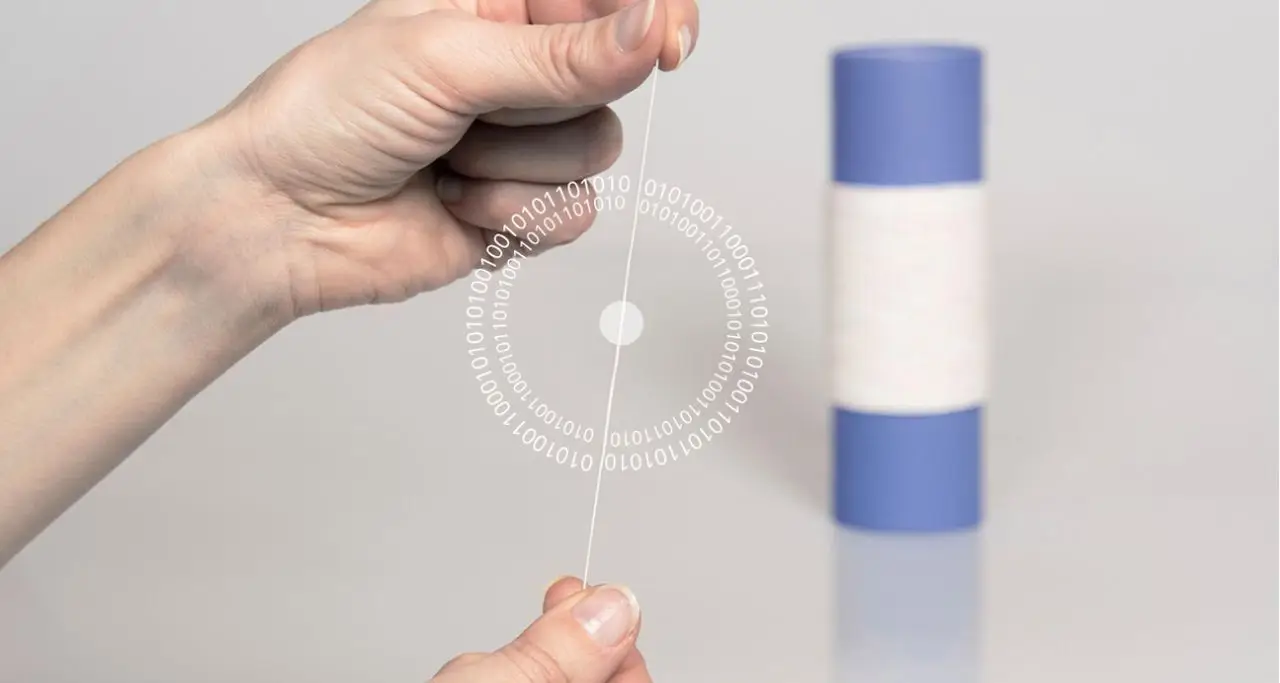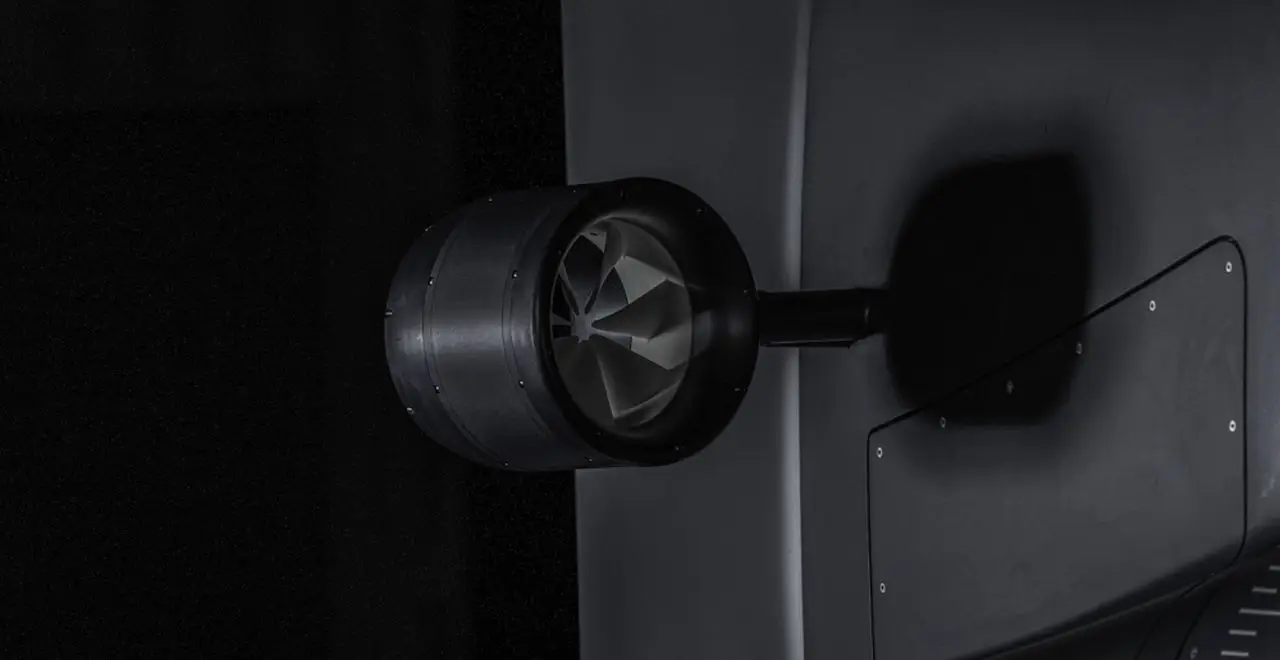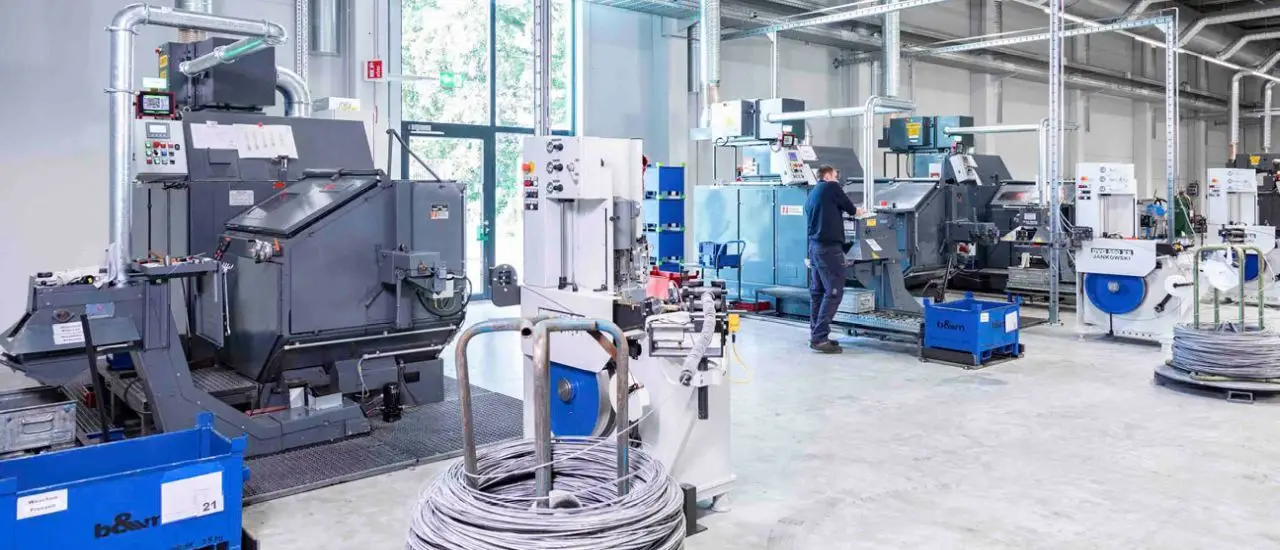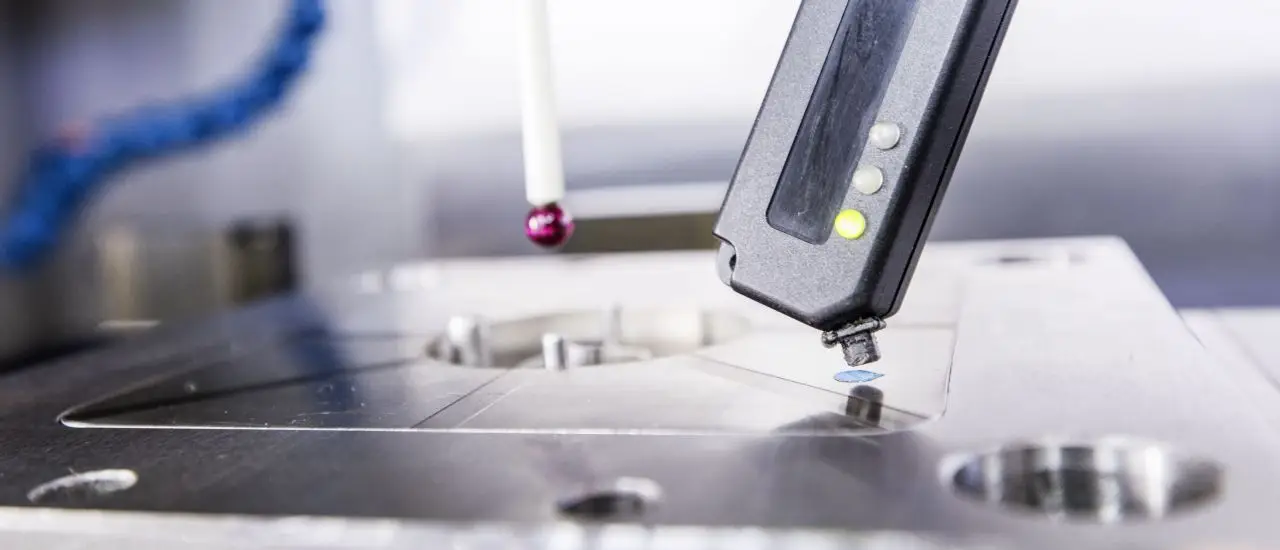- Chipless RFID (RF barcode) encodes identity via printed resonant structures, requiring no chip, battery, or line of sight.
- Specialized readers (VNAs or SDR platforms) analyze backscatter spectra to decode tags, with current read ranges typically up to about 15 cm.
- Material and antenna-array innovations (e.g., PDMS with carbon nanotubes) significantly improve signal strength and enable recyclable tags.
- RF barcodes enable simultaneous, contactless bulk reading and are more robust under contamination or poor alignment than optical QR codes.
- Widespread adoption depends on affordable compact readers, scalable antenna production, and industry standards for frequencies and tag designs.
New research results are paving the way for sustainable IoT labeling.
Chipless RFID technology – also known as RF barcode technology – is gaining momentum thanks to recent breakthroughs in research. As demand grows for sustainable packaging, recyclable materials, and cost-efficient IoT applications, chipless tags offer a future-ready and resource-friendly alternative to conventional RFID – and even to QR codes.
What Is RF Barcode Technology?
RF barcodes are made of printed conductive structures that respond to electromagnetic waves at specific frequency ranges. When scanned by a reader, they create a spectral signature – like a barcode, but in the frequency domain.
Unlike traditional RFID tags or QR codes, they require no chip, no battery, and no line of sight.
The Antenna Structure: The Heart of an RF Barcode Tag
The antenna is made from conductive materials – such as silver or carbon ink – printed in precisely defined geometries onto a substrate like paper or plastic. This structure acts as a passive resonator: it reflects incoming high-frequency signals at certain frequencies, creating a unique backscatter profile.
Each combination of resonance frequencies forms a distinct “frequency fingerprint” that can be detected by a reader. Depending on the application and tag design, different frequency bands are used – typically from 1 to 10 GHz, but also lower (e.g., UHF) or higher if more bit-depth or resolution is required.
Reader Technology: Why Standard RFID Readers Aren’t Enough
Chipless RFID tags – as used in RF barcode technology – contain no chip, memory, or active electronics. Their identification pattern arises solely from their physical backscatter behavior in the RF range, which places new demands on reader technology.
Unlike conventional RFID systems where a reader communicates with the chip via a standardized protocol, chipless tags offer no protocol response. Instead, they reflect the signal in a characteristic way – depending on the tag’s structure, geometry, and material.
Reading these tags requires specialized devices that can analyze electromagnetic backscatter.
Two proven approaches in R&D are:
Vector Network Analyzers (VNAs): These send broadband high-frequency signals (e.g., 1–10 GHz) and precisely measure frequency responses, producing a spectral fingerprint similar to a digital barcode in the frequency domain.
Software Defined Radio (SDR): These programmable platforms allow real-time acquisition, analysis, and interpretation of RF signals. With the right software, chipless tags can be detected, decoded, and even correlated with specific materials or conditions.
Current read ranges typically lie between a few millimeters and around 15 cm – potentially more in optimized lab setups. This is sufficient for near-field applications such as packaging lines, box inspection, authentication, or sorting systems – though not yet comparable to standard RFID (up to several meters).
New Insights from Research
Recent scientific publications underline the vast potential of this technology:
Flexible tags with array structures significantly boost read range and signal strength.
Sustainable materials like PDMS (polydimethylsiloxane – a soft, flexible silicone) combined with carbon nanotubes allow for biocompatible and fully recyclable tags.
Motion-sensitive tags (motion modulation) enable new interaction modes – for example, gesture recognition.
Advantages Over QR Codes
While QR codes offer a cheap solution for consumer interaction, they reach their limits in industrial settings: they must be visible, clean, and correctly aligned to be reliably scanned – and only one can be scanned at a time.
RF barcodes, on the other hand, work contactlessly and invisibly. They enable simultaneous reading of multiple items – for instance, in logistics – without needing line-of-sight or manual scanning.
“Chipless RFID is not a stripped-down version of RFID – it’s an independent technology that enables entirely new application scenarios,” says Prof. Etienne Perret, co-developer of the EU-funded ScattererID project.
Even under contamination, moisture, or poor positioning, RF barcodes deliver reliable results. At the same time, they are harder to counterfeit, since their backscatter signal is physically unique.
Ideal for Automation, Security, and Sustainable Labeling
RF barcode tags can be printed directly onto paper, foils, or textiles – without a chip, without a battery, fully recyclable. This opens up new applications in:
Smart packaging
Warehouse logistics and supply chains
Pharmaceutical and medical products
Tamper-evident security labels
Their seamless integration into packaging and potential for mass production make RF barcodes both an economical and ecological solution for Industry 4.0.
RF Barcode Technology at a Glance
RF barcode technology enables contactless identification without chips. It’s cost-efficient, recyclable, and mechanically robust. Pilot projects are already underway in packaging, counterfeit protection, and research. The potential for mass adoption is high – especially for smart, sustainable packaging solutions.
Why Isn’t It Widely Adopted Yet?
No global standards for frequencies and tag designs
Compact and affordable readers are still in development
Scalable production processes for precise antennas are just emerging
Who’s Driving Development?
Research: Grenoble INP (ScattererID), University of Glasgow, MIT, TU Eindhoven
Industry: Phenix Label, Brady Corp., Xerafy
Measurement Technology: Keysight, Rohde & Schwarz, National Instruments
